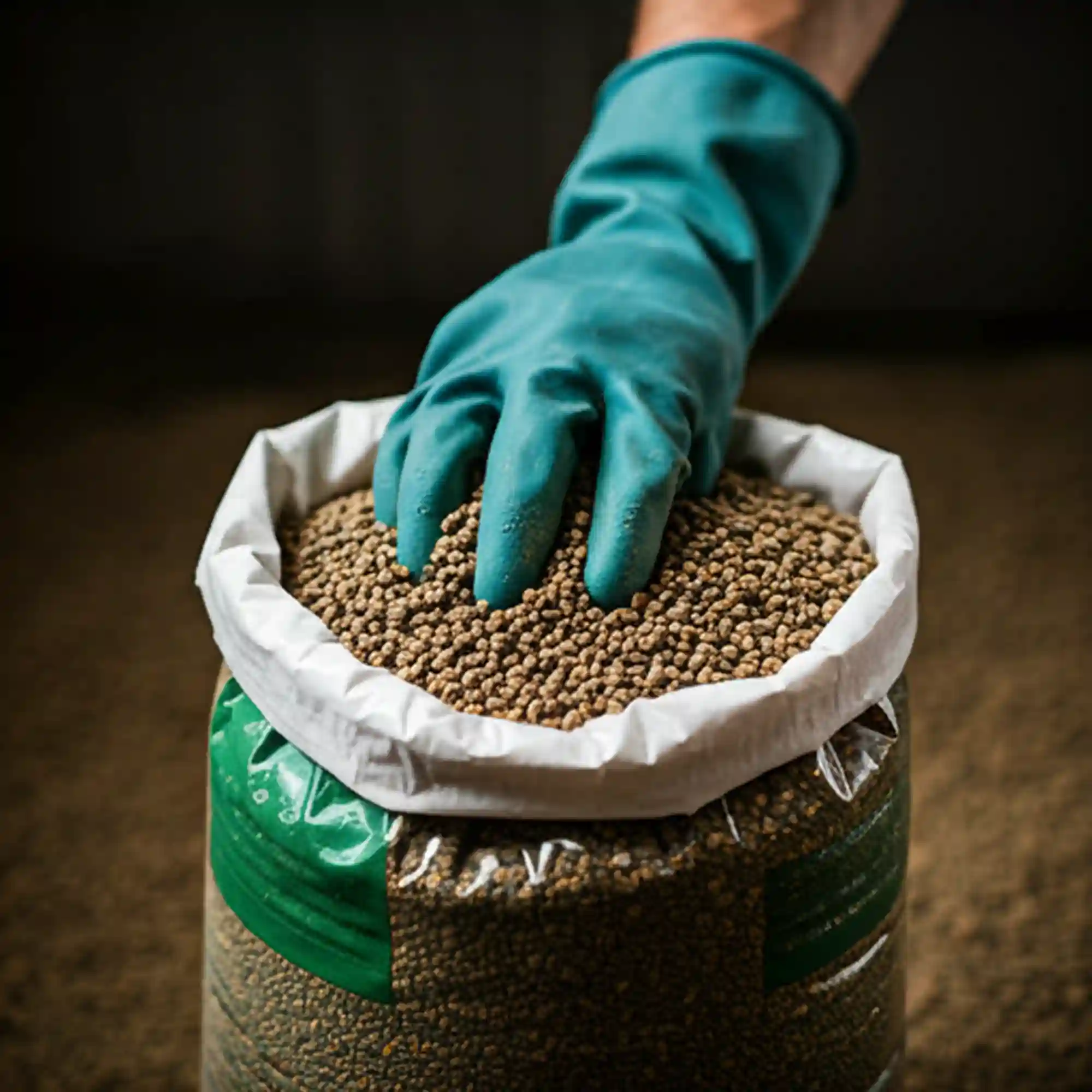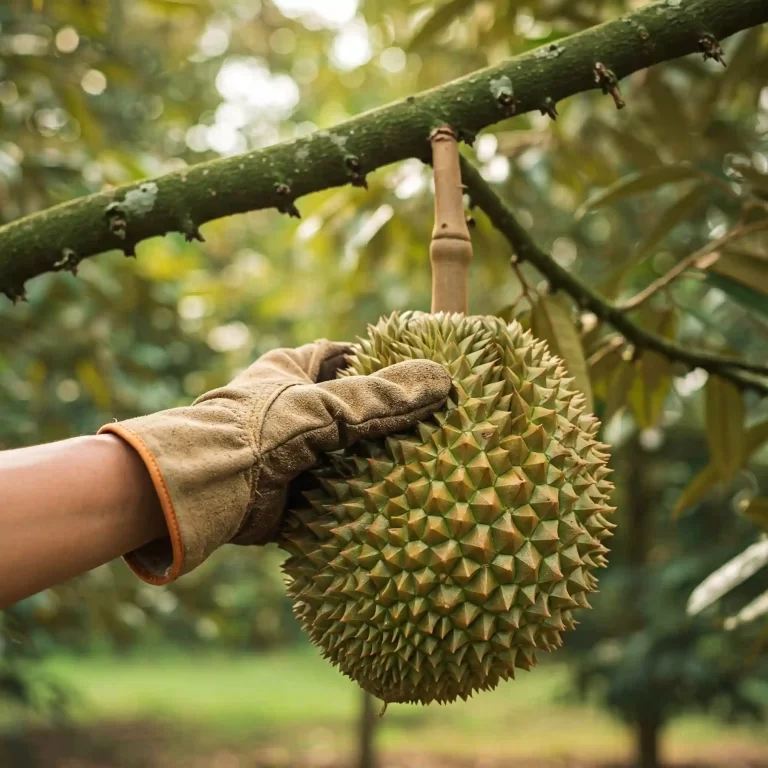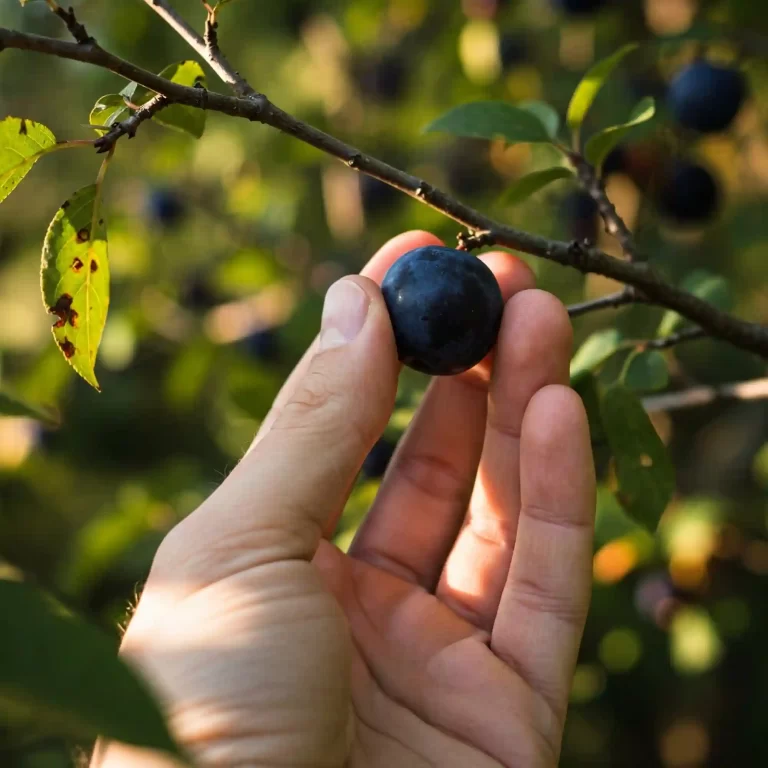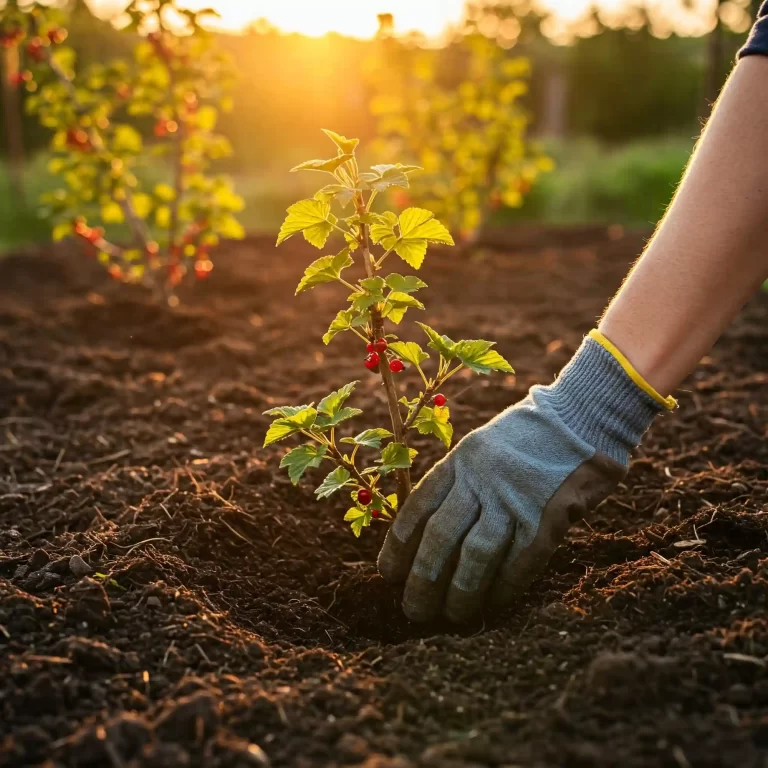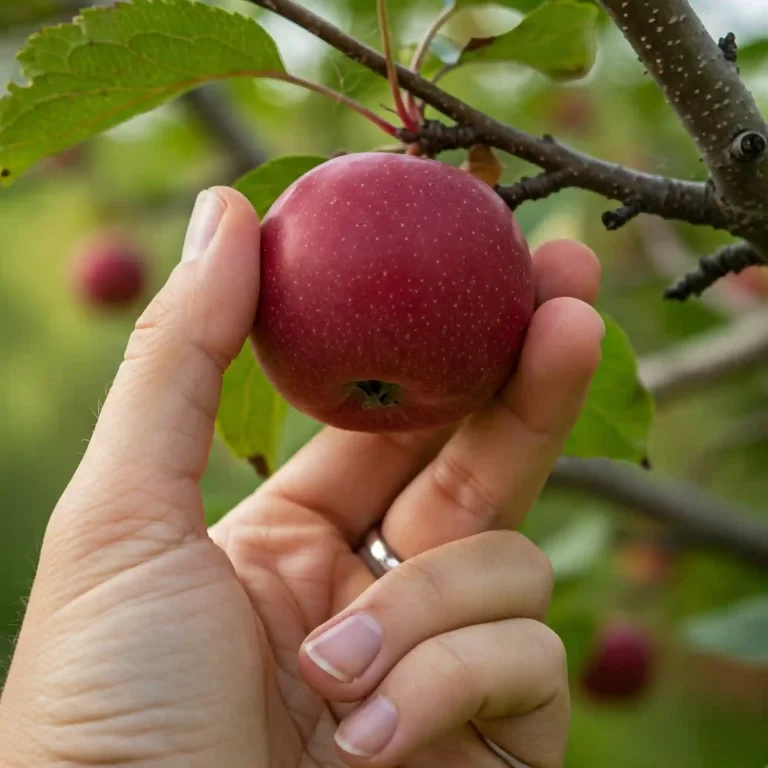Are you tired of struggling to maintain a healthy and vibrant garden or lawn? Do you find yourself constantly battling weeds, pests, and poor plant growth? The solution might be as simple as understanding and using fertilizer effectively.
Fertilizer is a vital component of successful gardening and landscaping. It provides essential nutrients that plants need to thrive, including nitrogen, phosphorus, and potassium. By choosing the right fertilizer and applying it correctly, you can significantly improve the health, appearance, and productivity of your plants.
In this comprehensive guide, we will explore everything you need to know about buying fertilizer. From understanding the different types of fertilizer to applying it effectively, we will cover all the essential aspects to help you achieve a thriving garden or lawn.
Understanding Fertilizer Basics
Fertilizer is a mixture of nutrients that are added to the soil to enhance plant growth. It comes in various forms, including granular, liquid, and pellets. The most common nutrients found in fertilizers are nitrogen, phosphorus, and potassium, often referred to as the “N-P-K” ratio.
Nitrogen is essential for plant growth and green foliage. It promotes leafy growth and overall plant health. Phosphorus is crucial for root development and flowering. It helps plants produce strong roots and vibrant blooms. Potassium is vital for overall plant health and disease resistance. It aids in water regulation and nutrient uptake.
When choosing a fertilizer, it’s important to understand the N-P-K ratio. This ratio indicates the proportion of each nutrient in the fertilizer. For example, a 10-10-10 fertilizer contains 10% nitrogen, 10% phosphorus, and 10% potassium.
There are two main types of fertilizers: organic and synthetic.
- Organic fertilizers are derived from natural sources, such as animal manure, compost, and plant-based materials. They are generally considered to be more environmentally friendly and can improve soil health over time.
- Synthetic fertilizers are manufactured from chemical compounds. They are highly concentrated and can provide a quick boost of nutrients to plants. However, excessive use of synthetic fertilizers can harm the environment and deplete soil nutrients.
Comparison of Organic and Synthetic Fertilizers
| Feature | Organic Fertilizer | Synthetic Fertilizer |
| Source | Natural materials | Chemical compounds |
| Environmental impact | Generally considered more environmentally friendly | Can have negative environmental impacts if misused |
| Nutrient release | Slower release of nutrients | Faster release of nutrients |
| Soil health | Improves soil health over time | Can deplete soil nutrients |
| Cost | Generally more expensive | Generally less expensive |
Understanding the basics of fertilizer will help you make informed decisions when purchasing and applying it to your plants.
Choosing the Right Fertilizer
Choosing the right fertilizer for your plants is essential for their health and growth. Consider the following factors when making your selection:
- Plant Type: Different plants have varying nutrient requirements. For example, flowering plants may require higher levels of phosphorus, while leafy greens may need more nitrogen.
- Soil Type: The type of soil you have will influence how well your plants absorb nutrients. For example, sandy soils may require more frequent fertilization due to their poor nutrient-holding capacity.
- Growth Stage: Plants at different stages of growth have different nutrient needs. For instance, young seedlings may require a fertilizer with a higher nitrogen content to promote growth, while mature plants may benefit from a balanced fertilizer.
- Environmental Factors: Factors such as temperature, sunlight, and water availability can also affect your plants’ nutrient requirements.
Once you have considered these factors, you can choose a fertilizer with the appropriate N-P-K ratio. For example, a fertilizer with a higher nitrogen content (e.g., 10-5-5) is suitable for leafy greens, while a fertilizer with a higher phosphorus content (e.g., 5-10-5) is better for flowering plants.
Fertilizer Recommendations for Common Plants
| Plant Type | Recommended Fertilizer Ratio |
| Lawns | 4-1-2 or 3-1-2 |
| Vegetables | 5-10-10 or 10-10-10 |
| Flowers | 10-20-20 or 15-30-15 |
| Trees and Shrubs | 6-2-4 or 8-2-4 |
| Indoor Plants | 10-10-10 or 20-20-20 |
Additional Tips:
- Read the Fertilizer Label: Always read the label carefully to understand the N-P-K ratio, application rates, and any specific instructions.
- Consider Organic Options: If you prefer to use organic fertilizers, look for products made from natural sources like compost, manure, or bone meal.
- Avoid Over-Fertilization: Applying too much fertilizer can damage your plants. Follow the recommended application rates and avoid applying fertilizer during hot, dry weather.
By carefully selecting the right fertilizer for your plants, you can provide them with the essential nutrients they need to thrive.
Applying Fertilizer Effectively
Once you have chosen the appropriate fertilizer, it’s time to apply it correctly. Here are some tips for effective fertilizer application:
- Read the Instructions: Always follow the instructions on the fertilizer packaging. This will ensure that you apply the correct amount and at the appropriate time.
- Prepare the Soil: Before applying fertilizer, prepare the soil by raking or tilling it to create a smooth surface. This will help the fertilizer to penetrate the soil more effectively.
- Apply Evenly: Distribute the fertilizer evenly over the area you want to treat. Avoid applying too much fertilizer in one spot, as this can burn your plants.
- Water Thoroughly: After applying fertilizer, water the area thoroughly to help the nutrients dissolve and reach the plant roots.
- Avoid Fertilizer Burn: Be cautious about applying fertilizer during hot, dry weather, as this can increase the risk of fertilizer burn. If you are concerned about fertilizer burn, consider applying the fertilizer in the evening when the temperatures are cooler.
Fertilizer Application Methods:
- Granular Fertilizer: This is the most common type of fertilizer. It is applied as granules and can be broadcast over the area or applied in a circle around individual plants.
- Liquid Fertilizer: Liquid fertilizers are often used for indoor plants or small gardens. They can be applied directly to the soil or diluted in water and sprayed on the plants.
- Slow-Release Fertilizer: Slow-release fertilizers release nutrients gradually over time, providing a steady supply of nutrients to your plants. They are ideal for busy gardeners who don’t have time to fertilize frequently.
Additional Tips:
- Test Your Soil: Conducting a soil test can help you determine the nutrient deficiencies in your soil and choose the appropriate fertilizer.
- Avoid Fertilizing During Drought: Do not fertilize your plants during periods of drought, as the fertilizer can burn the roots.
- Consider Organic Alternatives: If you prefer to use organic fertilizers, options such as compost tea, worm castings, and bone meal can provide essential nutrients to your plants.
By following these guidelines, you can ensure that your plants receive the proper nutrients they need to thrive.
Fertilizer Safety and Storage
While fertilizer is essential for plant growth, it is important to handle and store it safely to prevent accidents and environmental harm. Here are some safety tips:
- Wear Protective Gear: Always wear gloves, eye protection, and a mask when handling fertilizer, especially if you are dealing with concentrated or powdered forms.
- Avoid Inhalation: Avoid inhaling fertilizer dust, as it can irritate your respiratory system.
- Keep Children and Pets Away: Store fertilizer in a secure location out of the reach of children and pets. Ingestion of fertilizer can be harmful to both humans and animals.
- Proper Storage: Store fertilizer in a cool, dry place. Avoid storing it in direct sunlight or near heat sources, as this can cause the fertilizer to degrade.
- Dispose of Fertilizer Safely: If you have leftover fertilizer, dispose of it according to local regulations. Do not pour fertilizer down the drain, as it can contaminate water sources.
Environmental Considerations:
- Avoid Runoff: When applying fertilizer, be careful to avoid runoff into nearby waterways. Excess fertilizer can contribute to water pollution.
- Choose Environmentally Friendly Products: Consider using organic fertilizers or products that are certified as environmentally friendly.
- Support Sustainable Practices: Support companies that prioritize sustainability and ethical sourcing in their fertilizer production.
By following these safety guidelines, you can minimize the risks associated with using fertilizer and protect both yourself and the environment.
Frequently Asked Questions About Fertilizer
- Can I over-fertilize my plants? Yes, it is possible to over-fertilize your plants. Over-fertilization can lead to nutrient burn, stunted growth, and even death.
- What should I do if I accidentally apply too much fertilizer? If you have accidentally applied too much fertilizer, water the area thoroughly to help dilute the nutrients. Avoid fertilizing the area again for several weeks.
- Can I use leftover fertilizer next year? The effectiveness of fertilizer can decline over time. It is generally recommended to use fertilizer within one year of purchase.
- Is it safe to use fertilizer around pets and children? While most fertilizers are not harmful to pets and children when used correctly, it is important to store fertilizer out of reach and follow safety guidelines.
- How often should I fertilize my indoor plants? The frequency of fertilizing indoor plants depends on the type of plant and the growing season. Generally, indoor plants should be fertilized once a month during the growing season (spring and summer).
- Can I use the same fertilizer for my lawn and garden plants? While some fertilizers can be used for both lawns and gardens, it is often best to choose a fertilizer that is specifically formulated for your particular needs.
- What is the best time of year to fertilize my plants? The best time to fertilize your plants depends on the type of plant and the climate. However, most plants benefit from fertilization during the growing season (spring and summer).
By understanding the answers to these frequently asked questions, you can become a more informed and confident gardener.
Conclusion
Fertilizer is an essential tool for maintaining healthy and vibrant plants. By understanding the different types of fertilizer, choosing the right product for your needs, and applying it correctly, you can significantly improve the growth and appearance of your garden or lawn.
Remember to always read the fertilizer label carefully, follow application instructions, and prioritize safety when handling fertilizer. By taking these steps, you can enjoy the benefits of a thriving and beautiful garden.
